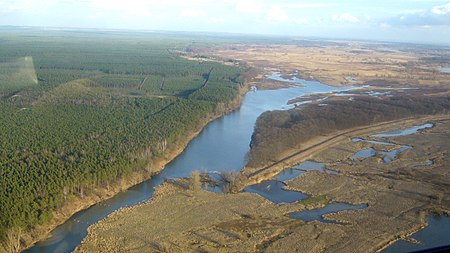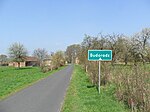Krzesin Landscape Park
All pages needing factual verificationIUCN Category VLandscape parks in PolandLubusz geography stubsParks in Lubusz Voivodeship ... and 1 more
Polish protected area stubs

Krzesin Landscape Park (Polish: Krzesiński Park Krajobrazowy) is a protected area (Landscape Park) located in western Poland which was established in 1998 and covers an area of 85.46 square kilometres (33.00 sq mi). The park lies entirely within Lubusz Voivodeship: in Krosno Odrzańskie County (Gmina Gubin, Gmina Maszewo) and Słubice County (Gmina Cybinka). It takes its name from the village of Krzesin in Gmina Cybinka.
Excerpt from the Wikipedia article Krzesin Landscape Park (License: CC BY-SA 3.0, Authors, Images).Krzesin Landscape Park
Wojska Polskiego, gmina Cybinka
Geographical coordinates (GPS) Address Nearby Places Show on map
Geographical coordinates (GPS)
| Latitude | Longitude |
|---|---|
| N 52.083333333333 ° | E 14.766666666667 ° |
Address
Wojska Polskiego
69-121 gmina Cybinka
Lubusz Voivodeship, Poland
Open on Google Maps




